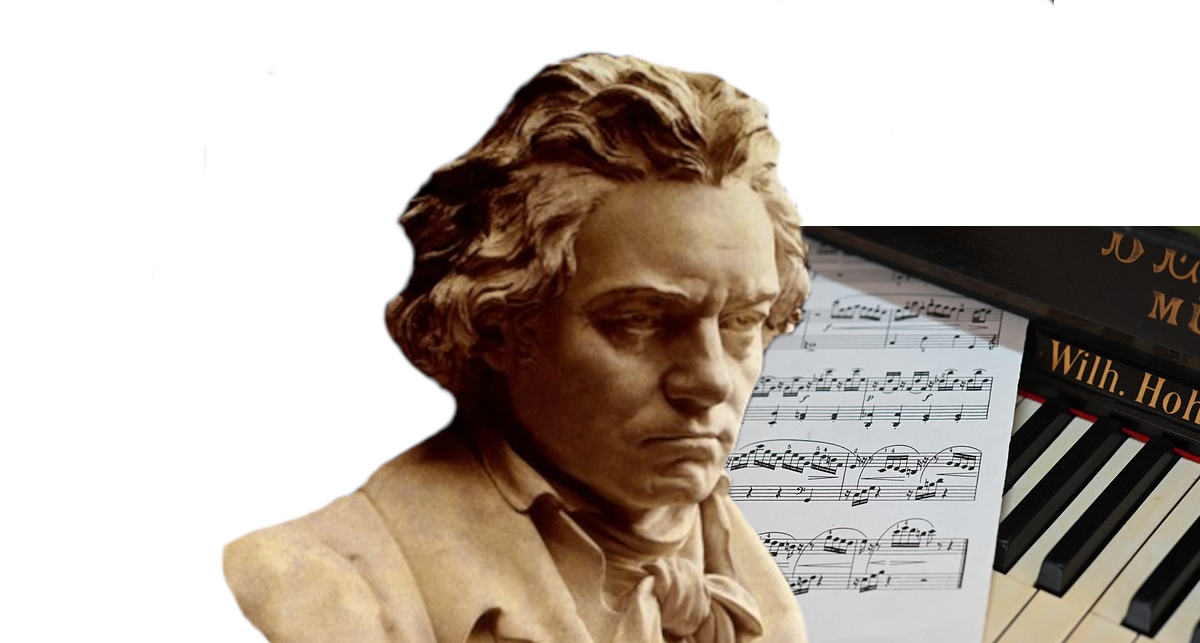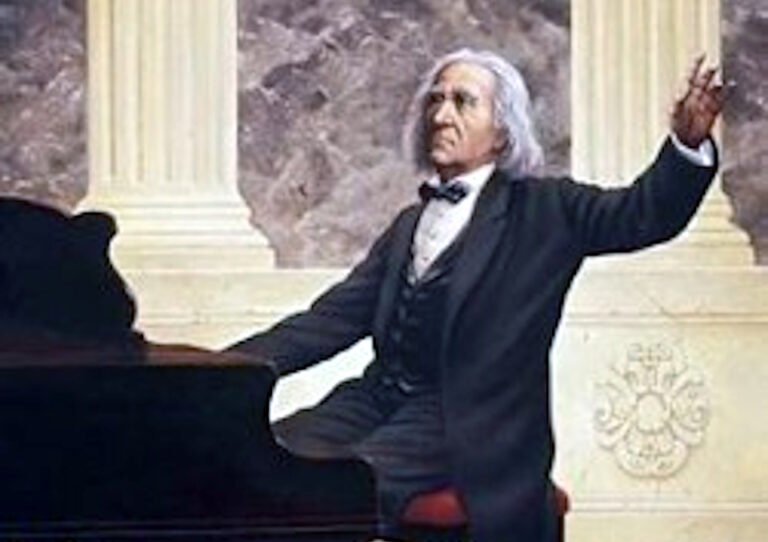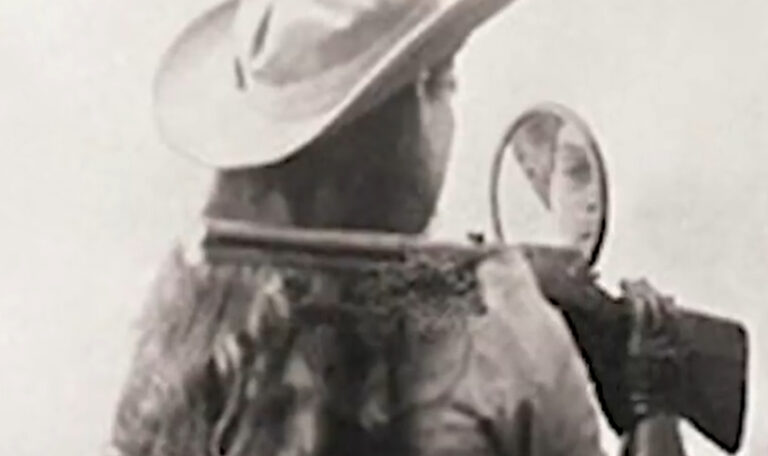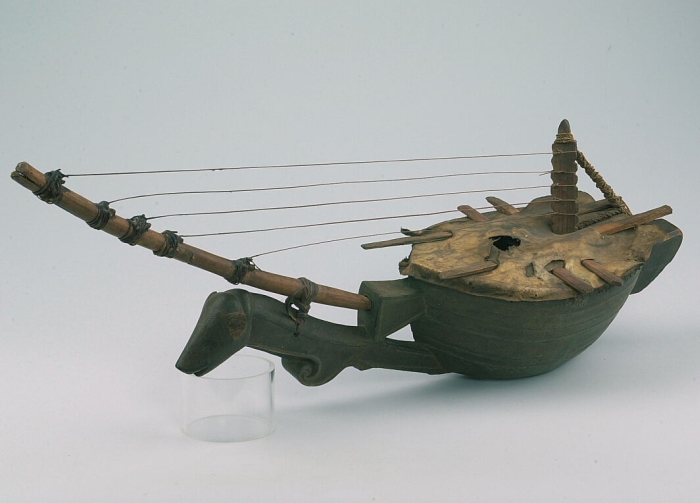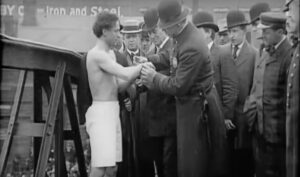Ludwig van Beethoven wasn’t just a musical genius—he was a revolutionary. His compositions redefined classical music, transitioning it from the elegant structure of the Classical era into the emotionally charged Romantic era. But what’s perhaps most astonishing about Beethoven’s career is that many of his most iconic works were written after he had gone profoundly deaf.
How did he manage such a feat? This is a story of unmatched musical intuition, scientific curiosity, and resilience in the face of despair.
The Onset and Progression of Beethoven’s Deafness
Beethoven’s hearing loss started in his late 20s, but the symptoms weren’t immediately alarming. In the early stages, he experienced tinnitus, a ringing or buzzing in the ears, which is often the first sign of hearing loss. This condition worsened over the next two decades. By the time he was 44, Beethoven had almost lost all of his hearing in the higher frequencies, a crucial range for distinguishing melodies, pitches, and harmonies.
Over time, his deafness became a profound burden. Beethoven struggled to communicate with others, often relying on notes and written conversations. The emotional toll is evident in his Heiligenstadt Testament (1802), where he writes about his despair over his condition. At this point, he considered ending his life but chose to continue living for his music.
Adapting to Deafness: The Role of Auditory Imagery
One of the most remarkable aspects of Beethoven’s ability to compose while deaf is his auditory imagery—the ability to “hear” music in his mind. While many of us can remember melodies or imagine a sound, Beethoven’s capacity to mentally simulate an orchestra, full of intricate harmonies, was unparalleled.
How Beethoven Used His Mind to Compose:
Visualizing Scores: Beethoven had an extensive musical education and knew every instrument and its range inside out. By reading the musical score, he could mentally visualize the sound of each instrument and hear it in his mind. His ability to compose symphonies, quartets, and other complex pieces came from this rich internal auditory experience.
Musical Memory: Beethoven’s long history of musical performance, composition, and improvisation meant that even without hearing, he had an almost photographic memory of musical structures, harmonies, and timbres. He was able to “see” the music in his mind, just as a painter visualizes a scene before it is on the canvas.
Bone Conduction: The Physical Experience of Sound
As Beethoven’s hearing deteriorated, he sought methods to physically feel the music. He discovered that he could still sense vibrations—bone conduction—which allowed him to experience music through vibrations rather than traditional auditory processing.
Beethoven’s Use of Bone Conduction:
Biting a Rod: Beethoven would place a wooden rod or stick in his mouth, biting down on one end while the other end was placed against his piano. When he played the piano, the vibrations from the keys would travel through the wooden rod and into his teeth, jawbone, and skull, allowing him to feel the vibrations directly. This method allowed him to “hear” the music through his bones.
Using the Piano’s Vibrations: By placing his hands on the piano’s frame or the edge of the instrument, Beethoven could feel the physical vibrations of the sound. The piano, being a stringed instrument, would transmit vibrations through its body, and this tactile feedback helped him stay in touch with the music.
Remaining Connected to the Orchestra: For larger orchestral works, Beethoven used other methods to perceive the music’s vibrations, including touching the floor or the wooden frame of a piano while listening to orchestras rehearse. It wasn’t a perfect substitute for hearing, but it allowed him to sense the broad outlines of the music.
The Role of Sketchbooks and Compositional Process
Beethoven’s deafness didn’t stop him from writing complex music; in fact, his creative process became more rigorous and methodical. Beethoven filled numerous sketchbooks, which give us insight into his thinking.
What the Sketchbooks Reveal:
Beethoven’s sketchbooks show how he would often rewrite ideas multiple times, fine-tuning themes and harmonies. For example, the theme of his Fifth Symphony (the famous “da-da-da-daah” motif) appears in several drafts, gradually evolving from its initial form into the powerful theme that defines the symphony.
Beethoven often would develop a musical idea by first sketching a melody, then adding harmonic layers and counterpoint in later drafts. The Late String Quartets and Ninth Symphony feature a level of thematic development that was unheard of at the time. The sketches allow us to see how he wrestled with the music, refining it until he achieved the complexity he sought.
Beethoven’s notation was often highly detailed and specific. He would write out specific instructions for dynamics, expression, and performance. These were crucial for musicians who still had to interpret his works in the absence of his ability to conduct.
Composing Without Sound: The Emotional and Creative Dimensions
While Beethoven had a well-developed internal auditory image of the music, he was also profoundly emotionally connected to his compositions. The silence he experienced, paired with his physical isolation from society due to deafness, contributed to a deeply introspective and emotional period in his music. His late works are marked by:
Unconventional Harmony: His music became more experimental and tonally complex. Works like the Hammerklavier Sonata and String Quartet Op. 132 explore highly unconventional harmonic progressions, and their complexity would challenge even the most accomplished musicians.
Exploring New Forms: The Ninth Symphony breaks new ground by integrating voices in a symphony—a radical idea at the time. The Choral Symphony, with its grand finale, the “Ode to Joy,” is a testament to Beethoven’s ability to push beyond traditional structures, inspired by his own inner vision of music.
Emotion Over Sound: Without the distraction of hearing, Beethoven’s music shifted toward emotional depth. His Late String Quartets and Missa Solemnis are deeply spiritual and introspective. They convey a sense of existential struggle, often interpreted as a reflection of his own battle with deafness and his search for meaning beyond the confines of sound.
Beethoven’s Triumph: The Ninth Symphony and His Legacy
The culmination of Beethoven’s ability to compose while deaf came in 1824 with the premiere of his Ninth Symphony, featuring the choral setting of Friedrich Schiller’s “Ode to Joy.” At this point, Beethoven was completely deaf and could no longer hear even the full orchestra playing. Yet, he still conducted the performance, facing the orchestra while unaware of the audience’s reaction.
The Premiere: The performance was not just a musical achievement; it was a symbolic moment of triumph. Beethoven couldn’t hear the audience’s thunderous applause after the final movement, but when the singers turned him around, he saw their standing ovation—one of the most iconic moments in music history.
The Impact: Beethoven’s late works, composed in his silence, changed the course of music. His Ninth Symphony became a symbol of universal brotherhood, while his Late String Quartets and piano sonatas pushed the boundaries of musical expression, inspiring future generations of composers.
The Deaf Years: A Period of Masterworks
Despite his worsening condition, Beethoven entered a phase of staggering creativity between 1815 and 1827, often referred to as his “Late Period.”
Key Works Composed While Deaf:
-
Symphony No. 9 in D minor (“Choral”)
→ Composed when he was completely deaf. Features the famous “Ode to Joy.” He conducted its premiere in 1824, unaware the audience had erupted into applause until someone turned him around to see it. -
Late String Quartets (Op. 130–135)
→ These complex, introspective works were ahead of their time—some critics even considered them “incomprehensible.” Today, they’re revered for their emotional and structural depth. -
Missa Solemnis (1823)
→ A massive, spiritual choral work that Beethoven considered his greatest achievement. -
Piano Sonata No. 29 in B-flat Major (“Hammerklavier”)
→ A towering, technically demanding piece filled with innovative harmonies and structural risks.
One of the most legendary moments in music history occurred on May 7, 1824, at the premiere of the Ninth Symphony in Vienna. Beethoven stood on stage, conducting—though in reality, he could not hear a note. Musicians had to follow the actual conductor behind him.
At the end of the performance, Beethoven remained facing the orchestra, unaware of the roaring applause. One of the singers gently turned him around, and he saw the audience on their feet, clapping, waving handkerchiefs, some with tears in their eyes.
